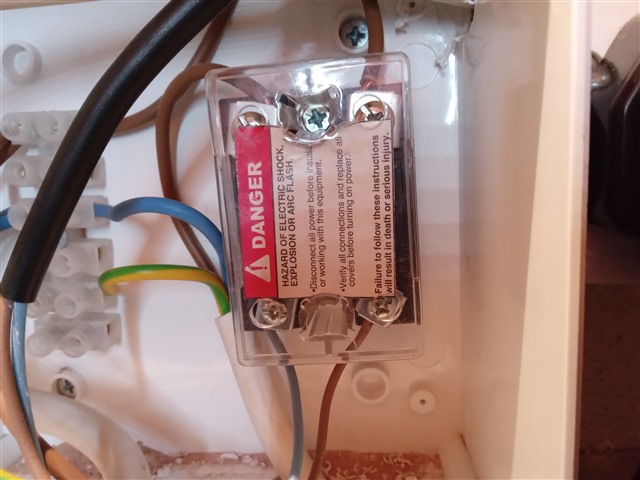I have been investigating a church organ that suddenly stopped working. This was rebuilt about 20 years ago using a data cable between the keyboard and the pipe section.
I have found two 13A sockets unused which are live and, just above them, two more which are not. All the electronic equipment is plugged in into the two which are not. Between the two is a box with the device small device in it
Can anyone identify it and advise its purpose. I am thinking some sort of surge protection but cannot identify any similar photos on google of find any identifying marks.
I'll post a photo when I can find out how. Copy/paste, drag n drop and insert don't work. It seems to want a URL but my photos don't have URLs.
Harry


